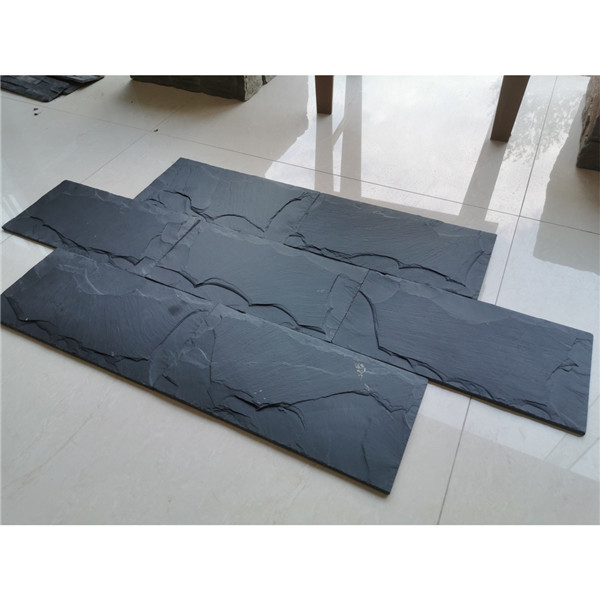Introduction
European cultured stone, known for its exquisite craftsmanship and timeless beauty, has been a staple in architectural design for centuries. Originating from the rich history and culture of Europe, this unique building material continues to captivate designers, builders, and homeowners around the world. In this article, we will delve into the history, characteristics, benefits, and application of European cultured stone, highlighting its enduring appeal and versatility in modern construction.
History of European Cultured Stone
The tradition of using stone as a building material dates back to ancient times, with civilizations such as the Greeks and Romans incorporating stone structures into their architectural designs. In Stepping stone surfaces for safe traction , the use of natural stone in construction became a symbol of strength, durability, and elegance. However, the high cost and labor-intensive process of quarrying and shaping natural stone led to the development of cultured stone as a more affordable and practical alternative.
European cultured stone, also known as manufactured stone or artificial stone, is a composite material made from a mixture of cement, aggregates, and pigments that mimic the appearance of natural stone. The production of cultured stone began in the 20th century, with European artisans perfecting the art of creating realistic stone veneers that capture the beauty and texture of natural stone.
Characteristics of European Cultured Stone
European cultured stone is renowned for its authenticity, durability, and versatility, making it a popular choice for both interior and exterior applications. One of the key characteristics of cultured stone is its ability to replicate the natural variations and textures found in real stone, giving buildings a sophisticated and elegant look.
Unlike natural stone, which can be heavy and difficult to work with, European cultured stone is lightweight and easy to install, making it ideal for remodeling projects or new construction. Cultured stone is also available in a wide range of colors, shapes, and sizes, allowing for endless design possibilities and customization options to suit any architectural style.
Benefits of European Cultured Stone
There are numerous benefits to using European cultured stone in construction projects, ranging from cost-effectiveness to sustainability. One of the primary advantages of cultured stone is its affordability compared to natural stone, making it a cost-effective alternative for homeowners and builders looking to achieve the look of real stone without the hefty price tag.
In addition to its cost-effectiveness, European cultured stone is also highly durable and low-maintenance, requiring minimal upkeep to retain its original beauty. Cultured stone is resistant to weathering, fading, and chipping, ensuring that buildings maintain their aesthetic appeal for years to come. Furthermore, the lightweight nature of cultured stone reduces the structural load on buildings, making it a practical choice for a variety of construction projects.

Another key benefit of European cultured stone is its sustainability and environmental friendliness. Unlike natural stone, which requires extensive quarrying and transportation, cultured stone is manufactured using recycled materials and environmentally friendly production processes, making it a more eco-friendly option for environmentally conscious consumers.
Applications of European Cultured Stone
European cultured stone can be used in a wide range of applications, from exterior facades and accent walls to interior fireplaces and feature walls. The versatility of cultured stone makes it a popular choice for residential, commercial, and institutional projects, adding a touch of elegance and sophistication to any space.
In residential construction, European cultured stone is often used to create stunning facades, entryways, and outdoor living spaces that exude charm and character. The rich textures and earthy tones of cultured stone can enhance the curb appeal of homes and add a sense of warmth and authenticity to the overall design.
In commercial settings, cultured stone is frequently used to enhance the aesthetic appeal of retail stores, restaurants, hotels, and office buildings. The versatility of cultured stone allows designers to create unique and eye-catching features that capture the attention of customers and visitors, making a lasting impression and setting the tone for the brand or business.
In institutional projects, such as schools, hospitals, and government buildings, European cultured stone can be used to create a sense of permanence and prestige. The durability and longevity of cultured stone make it a practical choice for high-traffic areas that require a low-maintenance and aesthetically pleasing finish.
Conclusion
European cultured stone continues to be a timeless and versatile building material that embodies the rich heritage and craftsmanship of European architecture. With its authentic appearance, durability, affordability, and sustainability, cultured stone has become a popular choice for designers, builders, and homeowners seeking to create distinctive and memorable spaces.
Whether used in residential, commercial, or institutional projects, European cultured stone adds a touch of elegance and sophistication that elevates the aesthetic appeal of any building. From exterior facades to interior accent walls, cultured stone offers endless design possibilities and customization options that allow for creativity and personalization.
As the demand for sustainable and eco-friendly building materials grows, European cultured stone remains a frontrunner in the construction industry, providing a cost-effective and environmentally friendly alternative to natural stone. With its enduring beauty and versatility, cultured stone will continue to be a preferred choice for architects and designers looking to create timeless and captivating spaces that stand the test of time.
